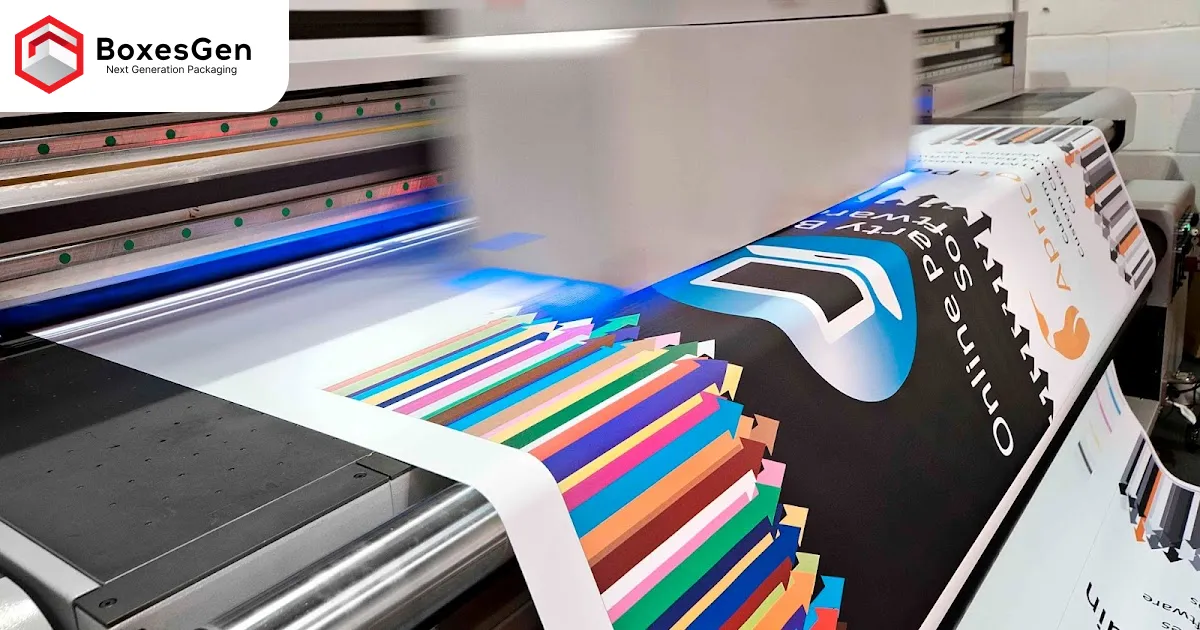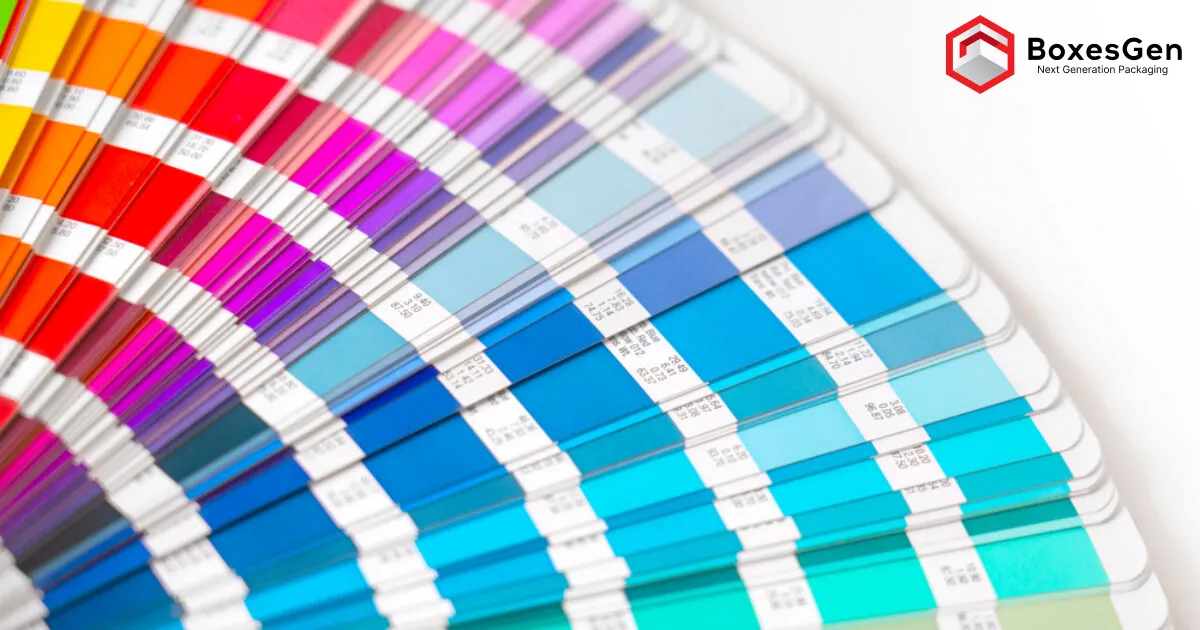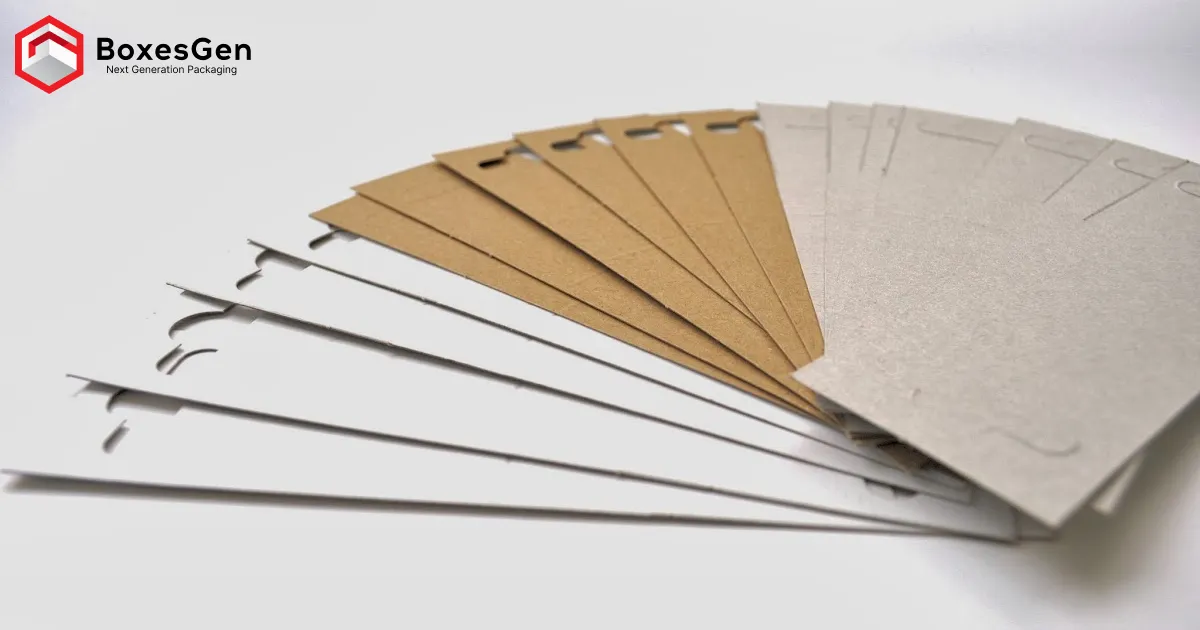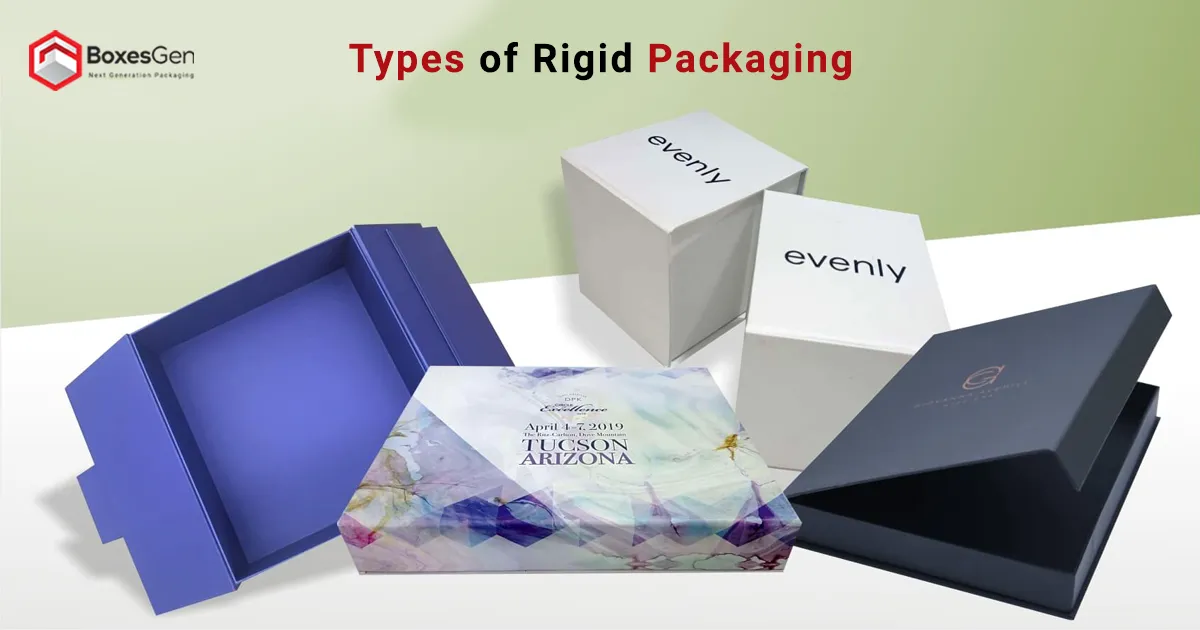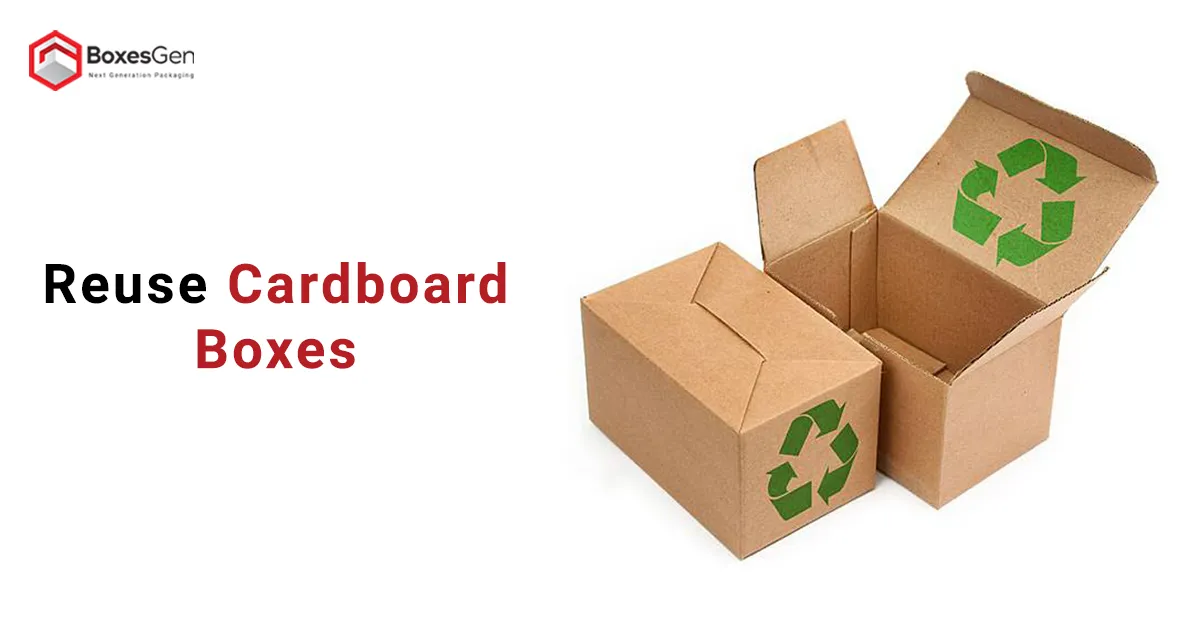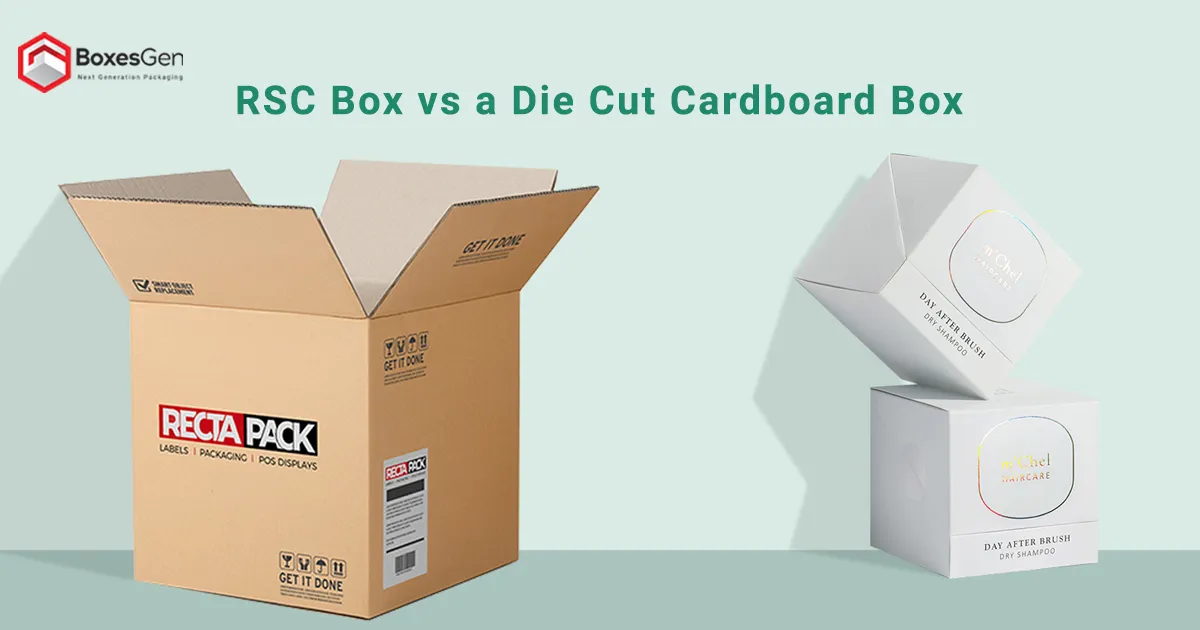Types & Tips on Perforated Paper for Printing
Choosing paper for prints is paramount to achieving the desired outcome in the printing domain. One intriguing option gaining popularity is perforated paper for printing. This versatile medium offers a range of benefits, from highlighting the aesthetic appeal of prints to facilitating unique applications such as T-shirt printing. This comprehensive guide will explore the various aspects of perforated paper, discovering its types, thicknesses, and suitability for diverse printing requirements.
Types of Paper for Printing
Perforated paper for printing comes in various types, each tailored to specific printing requirements. The choices are diverse, from the widely used plain paper for everyday printing tasks to specialty papers designed for art prints and T-shirt transfers. The best paper for art prints, for instance, is often a thicker and more textured variant, improving the visual impact of the artwork. Parchment Paper is also a type of paper, but this doesn’t belong to the perforated category.
Thick Paper for Printing
Opting for thick printing paper is a sensible choice for those seeking durability and a premium feel. The thickness of the paper not only adds a substantial feel to the print but also contributes to longevity. Art prints, in particular, benefit from the added weight, conveying a sense of craftsmanship that increases the piece’s overall impression.
Sturdy Foundations for Lasting Impressions
Hard paper for printing goes beyond thickness, providing a sturdy foundation for prints that demand resilience. This type of print paper is ideal for projects where durability is crucial, such as business cards or promotional materials. Its hardiness ensures that the prints withstand handling and environmental factors, maintaining their original quality.
Decorative Paper for Printing
The world of printing extends beyond mere functionality, with aesthetics playing an essential role. Decorative printing paper is designed to add flair to your prints and feature patterns, textures, or finishes that improve the visual appeal. This type of paper for prints is perfect for projects where the presentation is as important as the content, making a lasting impression on the viewer.
Paper for Printing T-Shirt
Perforated paper isn’t limited to traditional prints on paper. It has found innovative applications, including T-shirt printing. Specially designed paper for printing T-shirts allows for transferring designs onto fabric, opening up new avenues for creative expression. When used with compatible inks and printers, this type of paper for prints enables custom apparel creation easily.
Paper Sizes for Printing in Inches
Understanding paper sizes is integral to achieving precision in printing projects. Whether standard letter-sized prints or large-format posters, selecting the appropriate butter paper sizes for printing in inches ensures compatibility with various printing devices. This consideration is crucial for maintaining the intended layout and proportions of the design, preventing unexpected cropping or scaling issues.
Choosing The Best Paper for Your Needs
In the vast landscape of printing materials, selecting the best paper can be daunting. It involves weighing factors such as the intended use, desired aesthetics, and compatibility with printing equipment. Experimenting with different types of perforated paper for printing allows you to discover the ideal medium for your specific projects, ensuring that your prints meet and exceed expectations.
Factors Influencing Paper Selection
Beyond the apparent considerations of thickness, hardness, and decorative features, several factors influence the selection of perforated paper for printing. One critical aspect is print quality. The texture and composition of the paper can significantly impact the final print output. Smooth, high-quality best paper for art prints ensures sharp and vibrant prints, making it an essential consideration for projects where image clarity is paramount.
Sustainable Printing Practices
In a time when sustainability is at the forefront of many industries, printing is no exception. Choosing eco-friendly perforated paper for printing aligns with the growing emphasis on environmental responsibility. Recycled paper options and responsible sourcing practices contribute to reducing the ecological footprint of printing activities. This environmentally conscious approach is especially relevant for businesses and individuals adopting sustainable printing practices.
Enhancing Color Saturation and Detail
The ability of perforated paper to absorb ink effectively plays a crucial role in determining the vibrancy and detail of prints. Different papers exhibit varying levels of ink absorption, influencing color saturation and image clarity. Understanding the ink absorption properties of the chosen paper for prints is essential for achieving the desired visual impact, ensuring that the colors remain vivid and true to the original design.
Balancing Gloss and Matte Finishes with Paper Coating
Paper coatings add another layer of versatility to perforated paper for printing. Coatings can be glossy, matte, or satin, each offering distinct advantages. Glossy coatings highlight color vibrancy and create a reflective surface, making them suitable for rich-color photographs and images. On the other hand, matte coatings reduce glare and are often preferred for text-heavy documents. Selecting the appropriate coating adds a nuanced dimension to the visual presentation of prints.
Ensuring Seamless Integration
While the qualities of perforated paper contribute significantly to print outcomes, compatibility with your printer is equally crucial. Different printers may have varying paper weight, thickness, and finish requirements. Checking the manufacturer’s recommendations and guidelines ensures seamless integration, minimizing the risk of jams or other printing issues. This meticulous approach guarantees that the chosen perforated paper aligns perfectly with your printer’s specifications, optimizing performance.
Emerging Trends in Perforated Paper Printing
As technology advances, so does the world of printing. Perforated paper is not exempt from innovation, with emerging trends pushing the boundaries of conventional printing. Interactive paper, augmented reality prints, and conductive inks are some of the cutting-edge developments that showcase the evolving landscape of perforated paper for printing. Staying abreast of these trends ensures that your printing endeavors remain at the forefront of creative and technological advancements.
Specialized Perforated Paper
Beyond the general categories of perforated paper, specialized variants cater to specific printing requirements. For instance, heat transfer paper for fabric printing facilitates the creation of customized apparel with intricate designs. This specialized paper is designed to withstand the heat and pressure of the transfer process, ensuring that the image adheres seamlessly to the fabric, resulting in professional-looking and durable prints.
Water-Resistant Perforated Paper
Opting for water-resistant perforated paper becomes imperative when prints are exposed to moisture or damp conditions. This variant is coated to repel water, preventing smudging or distortion of prints when they come into contact with liquid. Water-resistant paper is particularly advantageous for outdoor signage, maps, or any document that may be subjected to the unpredictable elements of nature.
Preserving Prints for Posterity with Archival-Quality Paper
For projects focusing on longevity and preservation, archival-quality perforated paper is preferred. This acid-free and lignin-free paper is designed to resist yellowing and deterioration over time, ensuring that prints maintain their original quality for extended periods. Museums, galleries, and archival institutions commonly employ this type of paper to protect valuable prints and documents from the ravages of time.
Balancing Quality and Budget
While premium paper choices offer unmatched quality, cost-effective options cater to projects with budget constraints. These papers balance affordability and acceptable print quality, making them suitable for large-scale printing projects where minimizing expenses is a priority. Understanding the trade-offs between cost and quality allows for informed decision-making based on the specific requirements of each printing endeavor.
Exploring Professional Options
Custom printing services offer a convenient solution for those seeking professional-grade prints without the hassle of selecting and handling paper themselves. These services often use high-quality perforated paper suitable for various applications, from promotional materials to fine art prints. Leveraging professional expertise ensures optimal print quality and saves time and effort, making it an attractive option for businesses and individuals.
Perforated Paper Artistry
The versatility of perforated paper extends beyond conventional printing processes. Artists and crafters increasingly utilize perforated paper as a medium for intricate paper art. From delicate cut-outs to three-dimensional sculptures, the flexibility of perforated paper reveals a new dimension of creativity. This artistic application highlights the adaptability of perforated paper beyond its traditional role in printing, showcasing its potential as a versatile and expressive material.
Global Impact of Perforated Paper
As sustainability gains prominence globally, the impact of perforated paper choices reverberates beyond individual projects. Opting for eco-friendly options contributes to the overall reduction of the environmental carbon footprint associated with the printing industry. The collective shift toward sustainable perforated paper choices reflects a broader commitment to responsible consumption and environmental supervision, aligning with global efforts to promote a greener and more sustainable future.
Final Words
Perforated paper for printing stands out as a versatile and dynamic medium that caters to a spectrum of printing requirements. Whether you seek the durability of thick or hard paper, the aesthetic charm of decorative paper, or the innovative world of T-shirt printing, perforated paper offers a place for creative expression. Understanding the diverse types and sizes lets you make informed choices, ensuring that your prints leave a lasting impression on every occasion.
FAQs
What Factors Should I Consider When Choosing Perforated Paper for Printing?
Considerations include paper thickness, hardness, environmental sustainability, ink absorption, coating preferences, and compatibility with your printer’s specifications. These factors collectively impact the quality and longevity of your prints.
How Does Water-Resistant Perforated Paper Differ from Standard Options?
Water-resistant perforated paper is specially coated to repel moisture, making it ideal for prints exposed to damp conditions. It guards against smudging or distortion, making it a preferred choice for outdoor signage and documents susceptible to unpredictable elements.
Can Perforated Paper Be Used for DIY Printing Projects at Home?
Absolutely! Perforated paper is a fantastic medium for DIY projects, enabling creative expression from personalized greeting cards to custom T-shirt transfers. Its versatility makes it accessible for individuals looking to embark on various printing endeavors at home.
What Is the Significance of Archival-Quality Perforated Paper?
Archival-quality paper is acid-free and lignin-free, designed to resist yellowing and deterioration over time. It is crucial for preserving prints for extended periods, making it a preferred choice for museums, galleries, and archival institutions where longevity is a primary concern.
How Can I Balance Quality and Budget When Choosing Perforated Paper for Printing?
Cost-effective options provide a balance between affordability and acceptable print quality. These papers are suitable for large-scale projects where minimizing expenses is essential. Understanding the trade-offs between cost and quality allows informed decision-making based on specific project needs.


